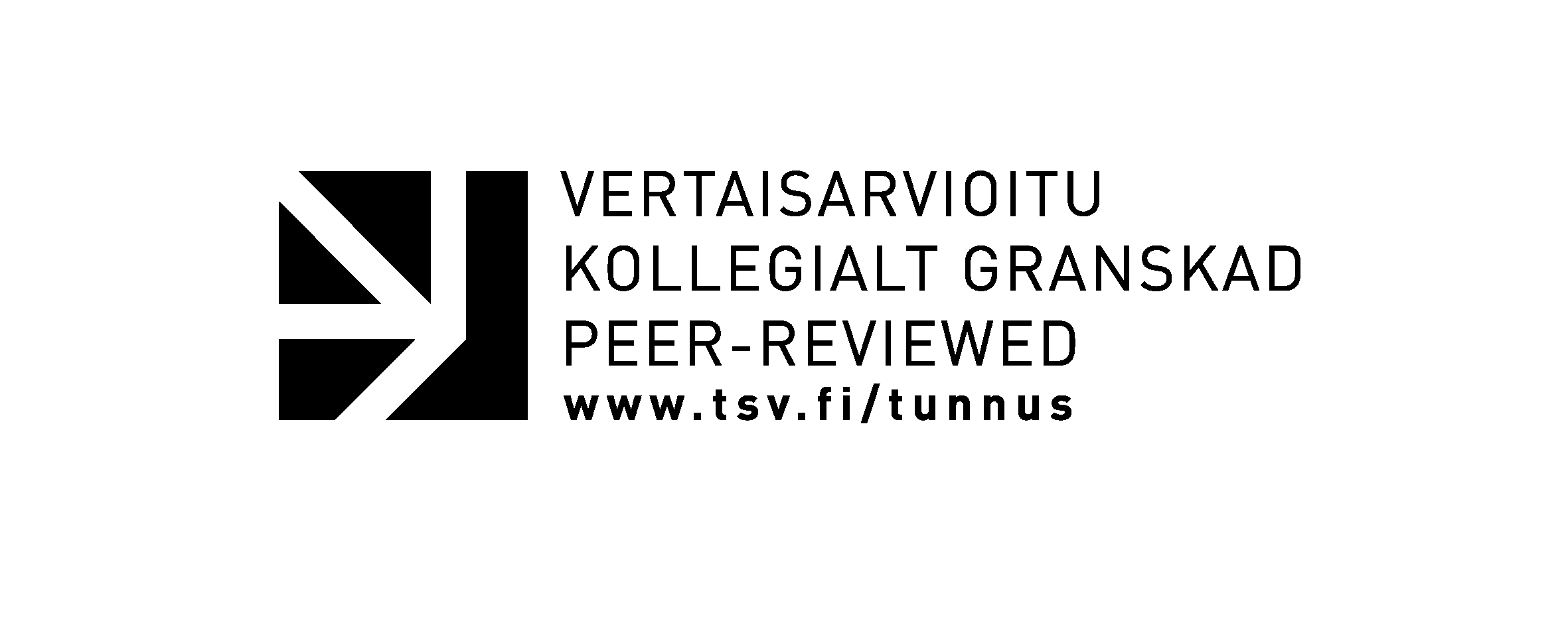German Folk Culture Research in Karelia in the 1930s: Ideological Decoration of Nazism or Serious Research on Ancient History?
Keywords:
Second World War, Nazism, Karelianism, ethnology, Yrjö von Grönhagen, AhnenerbeAbstract
The transfer of power into the hands of the National Socialist Party in Germany in the 1930s gave in Finland in some quarters rise to a reappraisal of relations lasting right up to the outbreak of the Winter War. A particularly painful appraisal was required among those engaged in the pursuit of science whose cultural orientation had traditionally been pro-German. Faced with the challenge of the expansive political ethos of the National Socialists, they were themselves compelled to review their programmatic and operational contribution to what was in fact the practice of National Socialism. The ideological blatancy of the National Socialist ethos also inevitably prompted serious questions of scientific conscience. The ideology Aus Blut und Baden could not but entail questions of the epistemic origins of national sciences. To what extent is the research of folk culture politically and ideologically loaded, and if so, do scientific representations of that pertaining to the folk culture become purely ideological, fragments to embellish the dominant policics? The purpose of this article is to create perspectives on how this question was contemplated through the special kind of research conducted on Karelia under National Socialist leadership from the middle of the 1930s and the later presentations based thereon when Finland became embroiled in the Second World War 1941- 1945. This was one stream in a heterogeneous scientific field in Finland at that time, but it must be explored.







